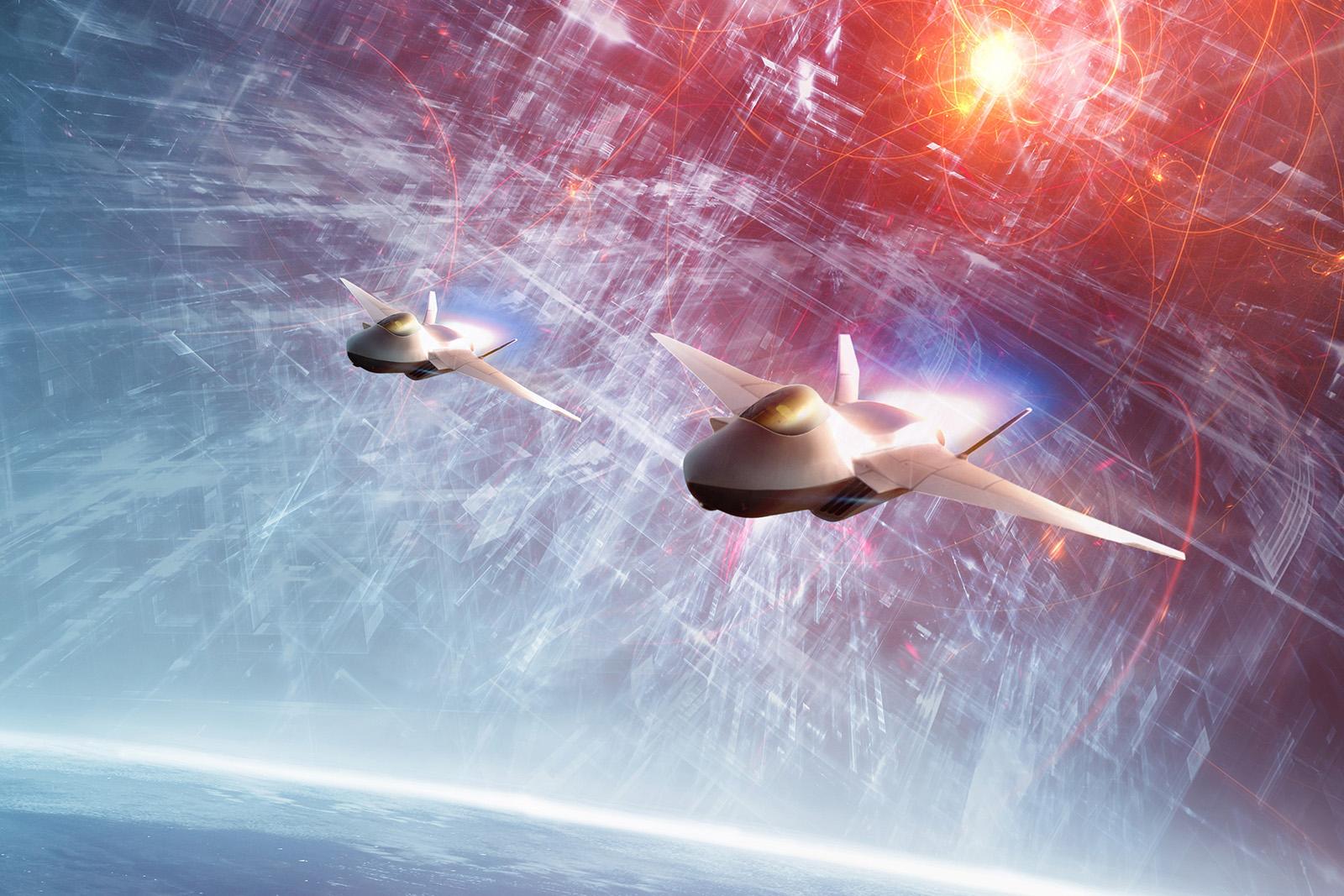
FARNBOROUGH—British and Japanese engineers are advancing work on an advanced antenna that could form the basis of the future radar for the UK-led Tempest crewed combat aircraft.
As the two nations eye further cooperation on development of the fighter, Leonardo UK and Mitsubishi Electric (MELCO) have agreed on the concept for the Jaguar—Japan and Great Britain Universal Advanced RF (Radio Frequency)—radar technology demonstrator.
Work on Jaguar builds on Leonardo’s initial work on its Multi-Function Radio Frequency System (MRFS) for Tempest and the broader Integrated Sensing and Non-Kinetic Effects (ISANKE) system that will integrate Tempest’s defensive aids suite, infrared search-and-track and electronic support measures to work together through an advanced form of data fusion.
The Jaguar program aims to deliver more powerful sensing and processing capabilities as a proportion of its size compared to previous generations of radar.
Leonardo says the Jaguar work represents the “first big building block of an international radar program” that meets the ambitions laid out by Japan and the UK as part of F-X/ Future Combat Air System (FCAS) discussions.
The UK and Japan are also exploring engine development cooperation through joint work by Rolls-Royce and IHI Corp.
“With Jaguar we are trying to achieve high power, miniaturization and digitalization of the antenna head,” Andrew Howard, director of major air programs at Leonardo UK, tells Show News.
“We will be making more use of the space, processing more information with more power so the outcomes achieved by MRFS will be substantially greater than what has gone before,” Howard says.
The announcement at Farnborough is the first acknowledgement of Mitsubishi Electric’s role in Jaguar. The Japanese company already has considerable experience in the development of active electronically scanned array (AESA) radars. MELCO developed the J/APG-1 AESA for the Mitsubishi F-2 fighter, the first such radar used in a fighter.
“Japanese industry’s approach to radar technology has been extremely complementary,” Howard adds.
Key to the work is using materials in different ways and places, Howard says, and the teams are using space available to secure the most capability for the available room devoted to the radar.
Leonardo UK says its relationship with Mitsubishi Electric has been deepening for several years and the partners are exploring the feasibility of further ISANKE-related subsystems collaboration throughout 2022.
